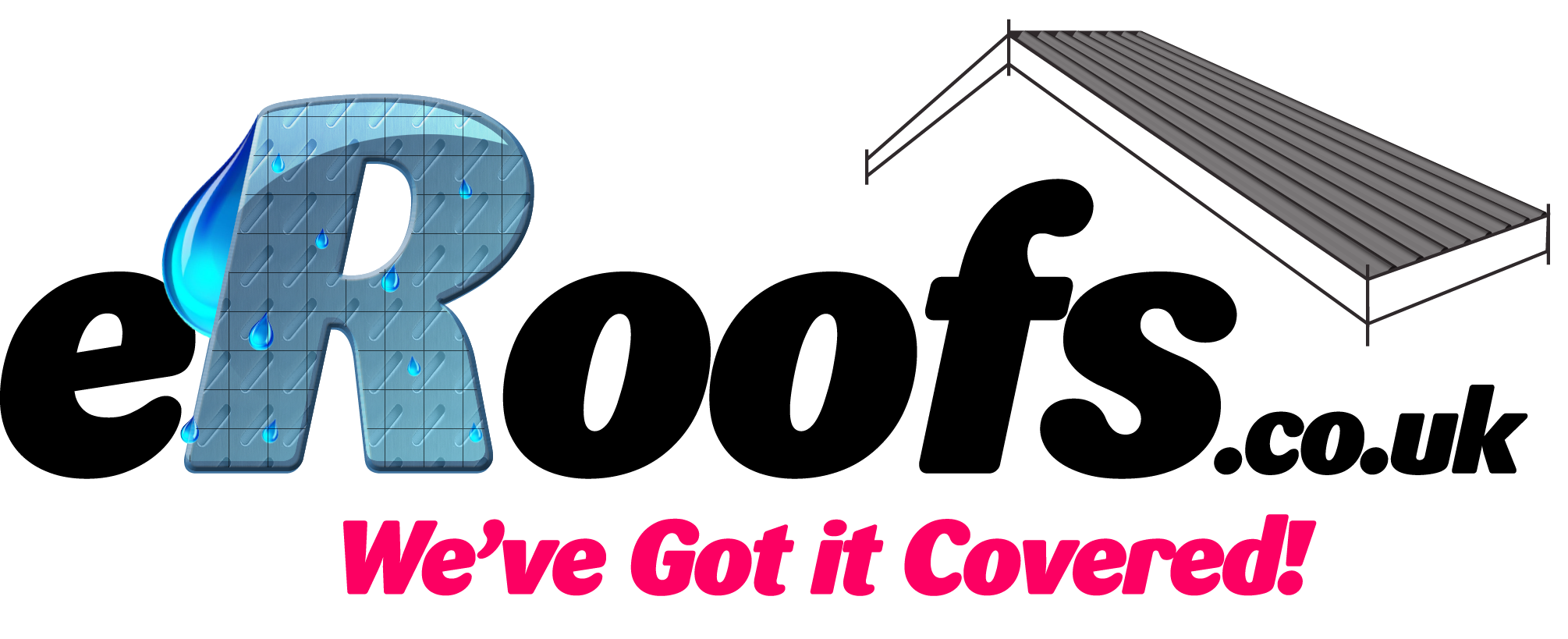Keep Your Home Comfortable and Costs Low with Effective Roof Insulation
Introduction When it comes to home maintenance, roof insulation often flies under the radar. Yet, it’s one of the most crucial aspects of a well-maintained home. Proper insulation can significantly…
